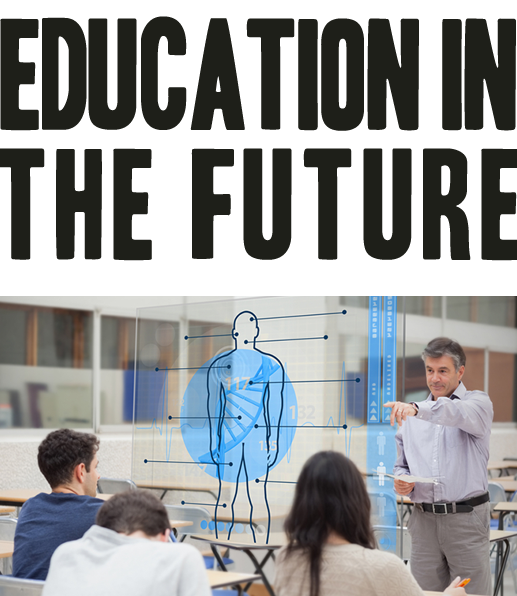


In 1880, the Elementary Education Act made education compulsory for five to ten-year- olds. This was after the National Education League had continued their campaign for basic schooling. In 1891, both board and Church schools were made ‘free’ to attend.Those children from a wealthier background were sent to Grammar schools and taught Latin. Girls of wealthier families were usually educated at home. Poorer children were instructed in ‘manual’ labour or what we call ‘apprenticeships.’
They were also taught basic educational skills.The comfort of students was not taken into consideration, where school desks were basic wooden furniture and so too were the school chairs. These desks are now, for some, collectors' items where the wooden desks show life in a nineteenth-century classroom. Their ink wells are often covered in stains and damaged tops represent 200-year-old graffiti.

Since the introduction of examinations in 1858, not much has changed. In a document, the Director of the Cambridge Assessment Network states, “In the examination system the pressure to perform created its own dynamic. Examiners’ reports began to express disappointment that students did not demonstrate that they actually understood what they had learnt.” This said, the question remains: Do examinations only test those who have good ‘recall’ skills and not necessarily ‘intelligence’? Further argument remains that the education system still does not do enough to differentiate abilities. To quote Albert Einstein: “Everybody is a genius. But if you judge a fish by its ability to climb a tree, it will live its whole life believing that it is stupid.”

In spite of the continued argument whether ‘To test or not to test,’ some things have changed for the better. An example was the ‘Building Schools for the Future’ Project. In 2000, there was an injection of funds to help improve primary and secondary schools. By 2009, there was an estimated £2 billion of allocated funds for the project. The project included the introduction and installation of a new IT platform, the Virtual Learning Environment. Not only were new technologies introduced but so too were new dynamic buildings including school furniture and classroom furniture, making teaching and learning more comfortable.

Education does not only include primary and secondary schools, it encompasses college, apprenticeships, universities, adult education, and those with special needs, to name but a few examples.
However, there is a fear that the education system is going backwards; that the poor of society cannot risk taking out loans to fund ever more expensive studies and, therefore, that social mobility will be determined by where people grow up and not by ability.
There has inevitably been talk regarding the role technology will play in the future of education. Some teachers want to push technology as far as it will go and are keen that it should have a greater influence in the classroom.
There are already multiple kinds of mobile devices used in our contemporary schools. Meanwhile, traditionalists fight desperately to get children outside and ‘back to nature.’ In short, the future of education is an unsteady and unpredictable one, where the jobs of the future do not even exist today.
